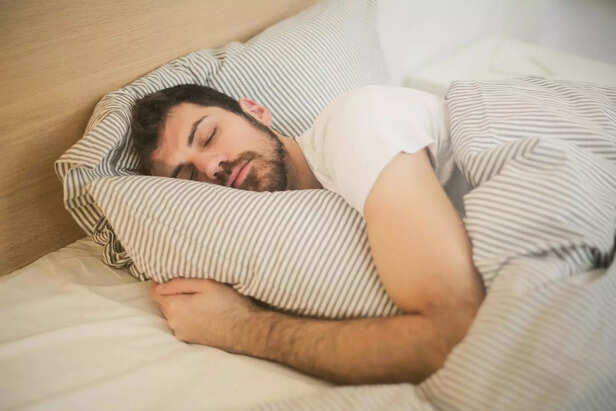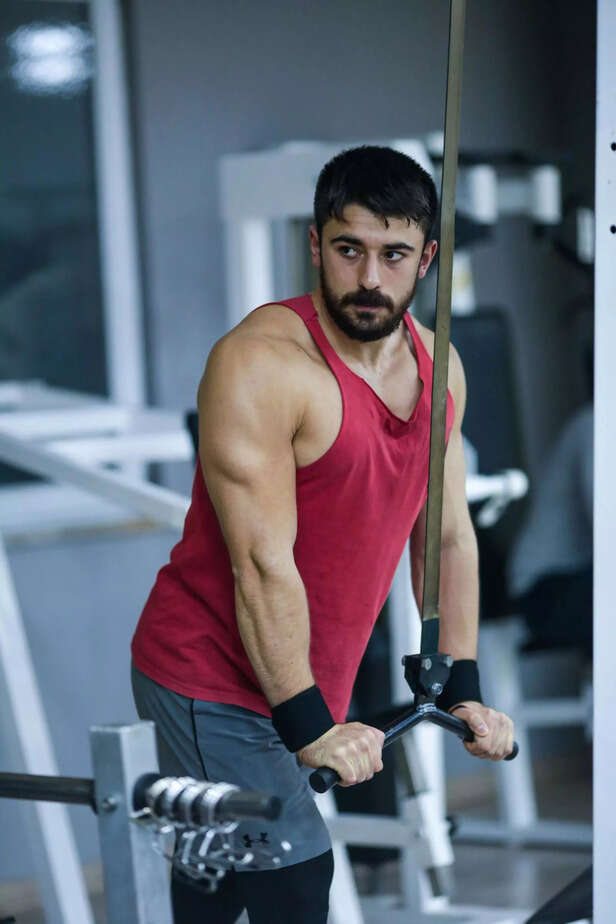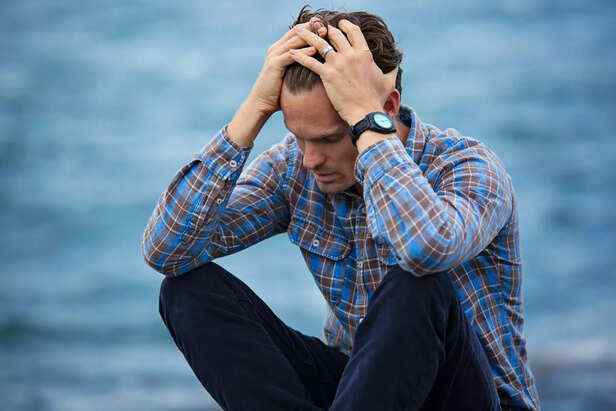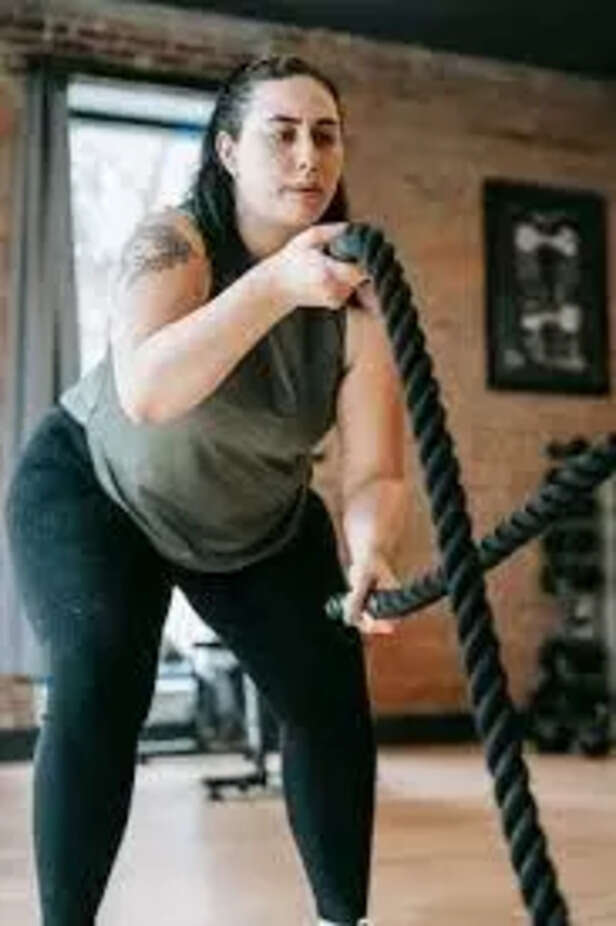Fitness After 30 : The Thing No One Tells You About
Charu Sharma | Aug 08, 2025, 04:11 IST
( Image credit : Timeslife )
When you hit 30, your body reacts to being fit in new ways. Recovery takes longer, hormones change, and you need smarter workout plans. This piece talks about the health secrets for life after 30, looking at better recovery, strong muscles, hormone levels, right posture, and lasting goals. It's not just about looking young. It's about moving well, feeling powerful, and making a body that can keep going.
Turning 30 feels odd- it's a quiet change, yet it hits hard. You might still think you're young, but your body starts to act up a bit. Late-night food sticks around longer, your knees make noise when you bend, and rest days turn from a treat to a must. Many warn about a slower metabolism, yet that's just a part of a bigger tale. Staying fit after 30 isn't just about getting flat abs or losing weight; it's about changing your way. You're not in your twenties with tough joints and non-stop go anymore. But, you're not "old" either-not at all. The thirties are the best time to build lasting, safe, and well-balanced fitness- if you know what your body truly needs. What no one says about fitness after 30 includes the science, the thinking, and the ways that really work.

You might find that pushing hard like before leaves you very sore the next day. This isn't about being lazy but rathe it's about how your body works. After 30, your muscles take longer to heal because you have less human growth hormone (HGH) and collagen. This means tiny tears from working out don't mend as fast. Inflammation markers may also go up if you don't get enough sleep or water. Make sure to sleep well (7-9 hours) and have days where you just stretch, walk, or do yoga. Use ice packs, Epsom salt baths, and roll out your muscles after you work out. Do not skip rest days-training too hard can lead to long-term tiredness or harm.

In your 20s, you might spend two hours at the gym just doing whatever and still be fit. But after you turn 30, doing things well matters more than doing them for a long time. As you age, changes in hormones, like less testosterone and estrogen, can drop your energy and muscle size. It's best to work on big-move exercises that boost your strength, how well you move, and heart health all at once. You can try functional training - these are gym moves that copy day-to-day tasks (think squats, lunges, push-ups). Add HIIT (High-Intensity Interval Training) to your week, two times, rather than just doing lots of slow cardio. Put in some weight lifting - it's really key for women to keep bones strong and muscles toned.

Many folks do not think about their hormones until they start to feel bad. In your 30s, hormones control your energy, wants, mood, and how much weight you gain, mostly around your belly. Cortisol (a stress hormone) may stay high for a long time if you're too busy or don't sleep enough. In women, progesterone drops in the early 30s. This may lead to swelling, PMS, and being tired after exercise. In men, testosterone levels go down, which hurts muscle strength, lasting power, and how fat is stored. Eat less sugar and highly processed food - they make insulin levels jump and mess up your hormone balance. Plants like ashwagandha, holy basil, and taking magnesium can help control cortisol. You could try calming exercises that are easy on your body like walking, tai chi, or Pilates, and mix with strength training.

Sitting for 8-10 hours a day may work when you are in your 20s, but after 30, sitting too much can hurt you fast. It can lead to back pain, stiff hips, bad back holds, and more weight. Your NEAT (Non-Exercise Activity Thermogenesis) goes down after 30 - these are the calories burned from daily moves. Your hips, neck, and lower back hurt first from sitting too much. Your core gets weak, and this changes everything from how you stand to how you breathe. Try to Add quick stretch or walk breaks : 2 minutes every hour. Think about a standing desk or a wobble cushion to keep your core tight while you sit. Do core and butt moves before you work out to help your back hold straight.

After you hit 30, the aim of staying fit should shift. It's not just about forcing your body into a shape - it's about making it strong for the long run. Your body might keep extra weight when you're stressed or when your body's chemicals are off balance, and working too hard may make things worse. Being too into counting every calorie, very harsh diets, or the "shred" trend often do more bad than good. Lasting health is about building strength, having more energy, and being tough, not just how you look. Pick goals that aren't about weight: doing 10 push-ups, running 3km, or bending to touch your toes. Feed your body with foods full of protein, fiber, and those that fight swelling - stay away from fast, hard diets. See moving as a gift, not as a harsh task.
So in the end : The thirties aren't the start of a drop - they're a big shift. You're smarter, know yourself better, and can make a real bond with your body that's based on care, not fight. Now, the aim isn't just to fit into small jeans or harsh rules : it's to be all there, feel strong all the time, and keep your body safe for the years to come. Yes, your body is changing but so is your skill to make kind, smart, and sharp choices. Because being fit after 30 isn't the end - it's just the start of doing it right.
1. Your Recovery Time Isn’t a Weakness - It’s a Sign

Person in his 30s resting
( Image credit : Pexels )
You might find that pushing hard like before leaves you very sore the next day. This isn't about being lazy but rathe it's about how your body works. After 30, your muscles take longer to heal because you have less human growth hormone (HGH) and collagen. This means tiny tears from working out don't mend as fast. Inflammation markers may also go up if you don't get enough sleep or water. Make sure to sleep well (7-9 hours) and have days where you just stretch, walk, or do yoga. Use ice packs, Epsom salt baths, and roll out your muscles after you work out. Do not skip rest days-training too hard can lead to long-term tiredness or harm.
2. Your Workouts Need to Be Smarter, Not Longer

A Person in gym
( Image credit : Pexels )
In your 20s, you might spend two hours at the gym just doing whatever and still be fit. But after you turn 30, doing things well matters more than doing them for a long time. As you age, changes in hormones, like less testosterone and estrogen, can drop your energy and muscle size. It's best to work on big-move exercises that boost your strength, how well you move, and heart health all at once. You can try functional training - these are gym moves that copy day-to-day tasks (think squats, lunges, push-ups). Add HIIT (High-Intensity Interval Training) to your week, two times, rather than just doing lots of slow cardio. Put in some weight lifting - it's really key for women to keep bones strong and muscles toned.
3. Hormones Become the Hidden Boss Level

Stressed out
( Image credit : Pexels )
Many folks do not think about their hormones until they start to feel bad. In your 30s, hormones control your energy, wants, mood, and how much weight you gain, mostly around your belly. Cortisol (a stress hormone) may stay high for a long time if you're too busy or don't sleep enough. In women, progesterone drops in the early 30s. This may lead to swelling, PMS, and being tired after exercise. In men, testosterone levels go down, which hurts muscle strength, lasting power, and how fat is stored. Eat less sugar and highly processed food - they make insulin levels jump and mess up your hormone balance. Plants like ashwagandha, holy basil, and taking magnesium can help control cortisol. You could try calming exercises that are easy on your body like walking, tai chi, or Pilates, and mix with strength training.
4. You Can’t Outrun a Desk Job Anymore

Woman working
( Image credit : Pixabay )
Sitting for 8-10 hours a day may work when you are in your 20s, but after 30, sitting too much can hurt you fast. It can lead to back pain, stiff hips, bad back holds, and more weight. Your NEAT (Non-Exercise Activity Thermogenesis) goes down after 30 - these are the calories burned from daily moves. Your hips, neck, and lower back hurt first from sitting too much. Your core gets weak, and this changes everything from how you stand to how you breathe. Try to Add quick stretch or walk breaks : 2 minutes every hour. Think about a standing desk or a wobble cushion to keep your core tight while you sit. Do core and butt moves before you work out to help your back hold straight.
5. Weight loss isn't the goal - functionality is

Woman working out
( Image credit : Pexels )
After you hit 30, the aim of staying fit should shift. It's not just about forcing your body into a shape - it's about making it strong for the long run. Your body might keep extra weight when you're stressed or when your body's chemicals are off balance, and working too hard may make things worse. Being too into counting every calorie, very harsh diets, or the "shred" trend often do more bad than good. Lasting health is about building strength, having more energy, and being tough, not just how you look. Pick goals that aren't about weight: doing 10 push-ups, running 3km, or bending to touch your toes. Feed your body with foods full of protein, fiber, and those that fight swelling - stay away from fast, hard diets. See moving as a gift, not as a harsh task.
So in the end : The thirties aren't the start of a drop - they're a big shift. You're smarter, know yourself better, and can make a real bond with your body that's based on care, not fight. Now, the aim isn't just to fit into small jeans or harsh rules : it's to be all there, feel strong all the time, and keep your body safe for the years to come. Yes, your body is changing but so is your skill to make kind, smart, and sharp choices. Because being fit after 30 isn't the end - it's just the start of doing it right.
FAQs (Frequently Asked Questions) :
- What’s the best type of workout after 30?
A mix of strength training, mobility work, and moderate cardio works best. - How often should I work out in my 30s?
Aim for 4–5 days a week with at least 1–2 rest or recovery days. - Do I need to take supplements after 30?
If your diet lacks nutrients, consider Vitamin D, magnesium, or collagen - but consult a doctor. - Is it harder to lose weight after 30?
Yes, due to hormonal changes and a slower metabolism - but not impossible.
